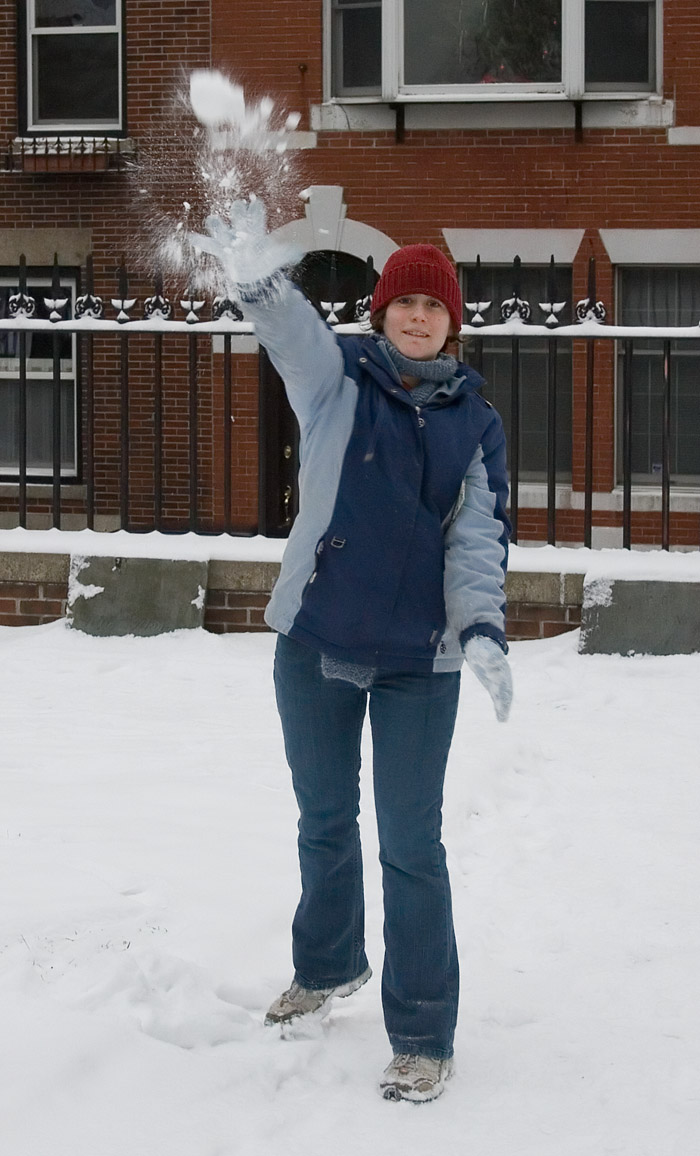Why do we shiver?

It happens when we’re cold or frightened. It happens when we experience fever, pleasure or arousal. Shivers are a natural reflex with the primary purpose of keeping our bodies warm enough for survival.
What causes the shivers?
Reflexes are involuntary reactions controlled by the nervous system. Shivering, one of those reflexes, occurs when the hypothalamus portion of the brain sends signals to the spinal cord and nerves all over the body telling the muscles to warm the body. The muscles contract and relax quickly, tightening the skin and shaking the muscles to sustain and generate heat in order to warm you up. The same nervous reaction occurs when you’re excited or scared; your brain is telling your body that your muscles should be excited. Once your body warms back up (or when you’re no longer excited or frightened), your muscles stop shivering. The best way to stop the shivers or to avoid them altogether is to bundle up in several layers. Obviously, this only helps when cold is the problem.
Goosebumps: What’s their purpose, anyway?
Goosebumps usually accompany shivering, but can occur on their own, too. Goosebumps are caused by the nervous reaction to the same stimuli that cause shivering (cold, fear, arousal, etc.). So, how do they work? Our skin is covered with hair – some more than others. The muscles attached to the hairs tighten, causing an indentation in the skin. This indentation tugs at surrounding areas pulling hair and skin up in the air. In other mammals, goosebumps serve two functions:
- The upright hair traps warmer air close to the body to help maintain body temperature.
- Erect hair gives the animal the appearance of being larger and more intimidating than it actually is.
These functions are useful to animals with ample hair or fur and were probably useful to our hairier ancestors.
Image by Diliff (own work) GFDL, CC-BY-SA-3.0 or CC-BY-2.5, via Wikimedia Commons
1 comments